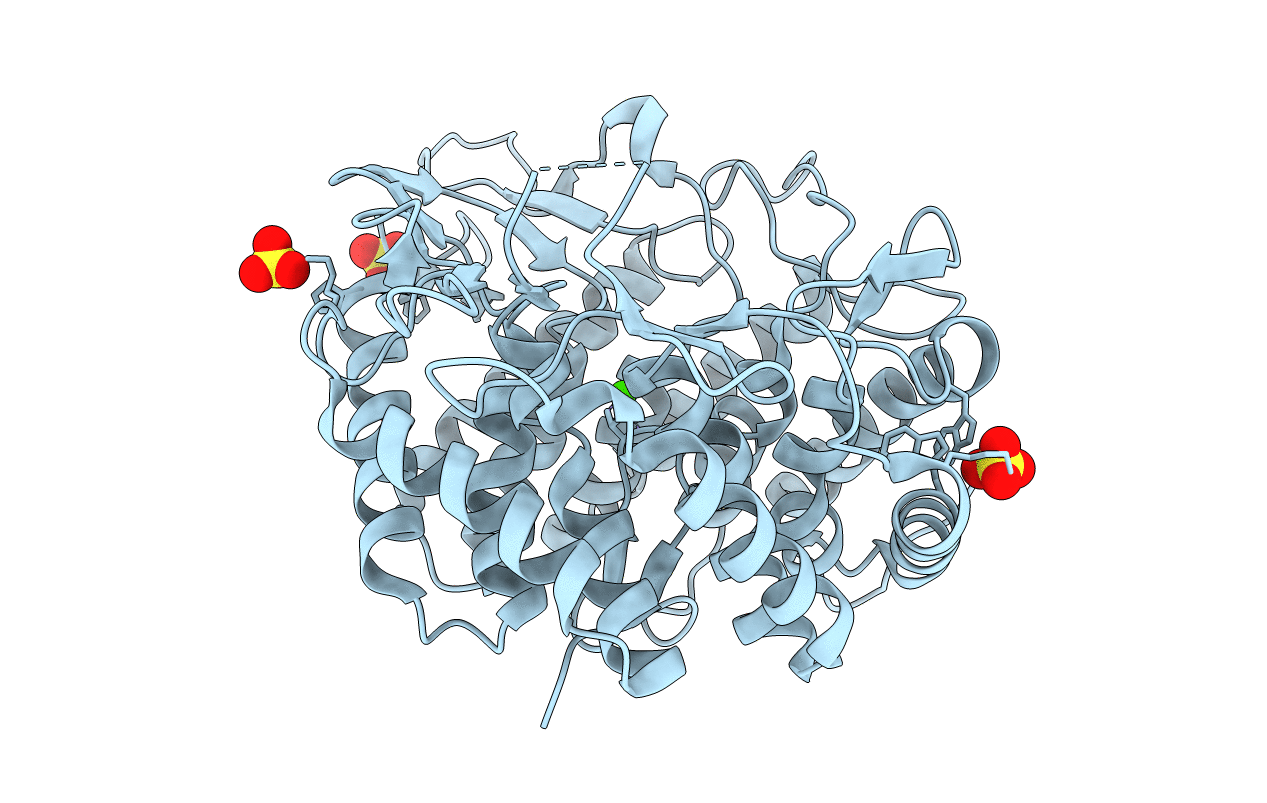
Deposition Date
2000-08-17
Release Date
2001-01-17
Last Version Date
2024-11-20
Method Details:
Experimental Method:
Resolution:
1.90 Å
R-Value Free:
0.25
R-Value Work:
0.22
R-Value Observed:
0.22
Space Group:
P 31 2 1


